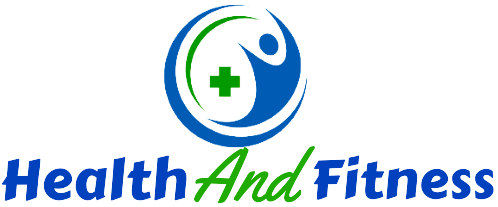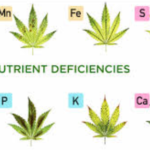Introduction
When it comes to following the popular keto diet and incorporating exercise into your routine, there are some important considerations to keep in mind. The combination of a low-carb, high-fat diet and regular physical activity can yield impressive results, but it’s crucial to understand the nuances to optimize your performance and achieve your fitness goals. In this comprehensive guide, we will cover six essential things you need to know about exercising on the keto diet.
- Fueling Your Workouts
One of the key differences between exercising on a traditional high-carbohydrate diet and the keto diet is the shift in fuel sources. On a keto diet, your body primarily relies on fat for energy instead of carbohydrates. To ensure you have sufficient energy for your workouts, it’s important to consume an adequate amount of healthy fats and moderate protein. Prioritize foods like avocados, nuts, seeds, olive oil, and fatty fish to support your energy levels during exercise.
- Targeted Carbohydrate Intake
While the keto diet emphasizes low carbohydrate intake, some individuals may benefit from incorporating targeted carbohydrates around their workouts. Consuming a small amount of carbohydrates, such as a piece of fruit or a handful of berries, before intense exercise can provide a quick energy boost without significantly impacting ketosis. Experiment with timing and quantities to find what works best for your body.
- Hydration and Electrolyte Balance
Maintaining proper hydration and electrolyte balance is crucial when following the keto diet and engaging in physical activity. Due to the diuretic effect of the diet, your body excretes more water and electrolytes, which can lead to imbalances. Ensure you drink plenty of water throughout the day and consider supplementing with electrolytes, especially during intense workouts or in hot weather conditions.
- Adaptation Period
When transitioning to the keto diet, your body undergoes an adjustment phase known as the adaptation period. During this time, your body switches from using carbohydrates as its primary fuel source to utilizing fat for energy. It’s important to note that performance may temporarily decline during this period as your body adapts. Be patient and allow your body to adjust, as performance typically improves once you become fully keto-adapted.
- Recovery and Muscle Preservation
Exercise-induced muscle damage and inflammation are common, but proper recovery is essential for muscle growth and preservation. Adequate protein intake is crucial to support muscle repair and recovery. Include quality protein sources such as lean meats, eggs, dairy, and plant-based proteins in your diet. Additionally, consider incorporating foods rich in antioxidants, like colorful vegetables and berries, to support overall recovery and reduce inflammation.
- Individualization and Monitoring
Because every person’s body is different, what works for one person may not work for another. It’s important to listen to your body and make adjustments accordingly. Regularly monitor your performance, energy levels, and overall well-being to gauge how the keto diet and exercise routine are affecting you. Consulting with a healthcare professional or a registered dietitian who specializes in the keto diet can provide valuable insights and personalized recommendations based on your specific needs.
Conclusion
Exercising on the keto diet can be a rewarding journey that enhances your overall well-being and helps you achieve your fitness goals. By understanding the six key aspects covered in this guide, you’ll be equipped with the knowledge to optimize your performance, fuel your workouts effectively, and promote your body’s adaptation to the keto lifestyle. Remember to listen to your body, monitor your progress, and make adjustments as needed to create a sustainable and successful exercise routine on the keto diet.





